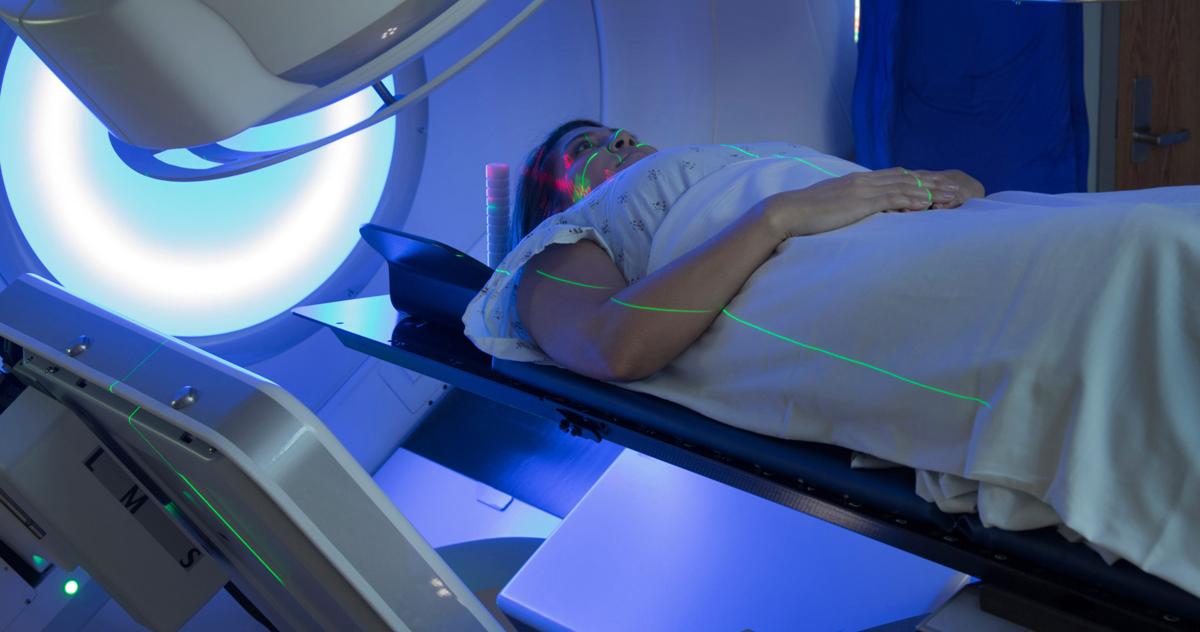<< Back
Panel Recommends Lung Cancer Scans for Smokers Start at 50, Doubling People Eligible

March 10, 2021
A recommended change from the U.S. Preventive Services Task Force (USPSTF) would nearly double the number of people who should be screened each year for signs of lung cancer.
The recommendation this week lowers the screening age and shortens the time people need to have smoked to be considered sufficiently at risk for lung cancer to qualify for CT scans.
Screenings previously had been recommended for people from ages 55 to 80. The task force now recommends dropping the beginning age to 50. It also suggests reducing the number of smoking pack years — one pack year is an average of 20 cigarettes smoked a day for a year — from 30 to 20.
“As with many cancers, lung cancer can often be successfully treated when we catch it early enough,” said Dr. Andrew Salner, medical director of the Hartford HealthCare Cancer Institute at Hartford Hospital. “This recommendation from the USPSTF would broaden our ability to identify people at those early stages, when we can help them the most, and it would certainly save and extend lives.”
Cigarette smoking is the leading cause of lung cancer, the No. 1 cause of cancer-related death in the United States. More than 200,000 people will be newly diagnosed with lung cancer every year. Quitting smoking is the best way to avoid lung cancer.
The federal screening guidelines apply to people who currently smoke and those who have quit smoking within the last 15 years.
The announcement this week comes as the release of two large European studies, published in the Journal of the American Medical Society, confirm that CT scans can lower the chance of death in people at high risk of developing lung cancer. This, the researchers said, can prove especially true for Black smokers, who tend to smoke fewer cigarettes but face lung cancer more often than White smokers.
“Too many cases of lung cancer are diagnosed after a patient experiences telling symptoms,” Dr. Salner said. “By that time, the disease is typically no longer curable. Getting people in for routine lung cancer screenings gives them a tremendous advantage and lowering the pack-year recommendation can be helpful to all populations of smokers.”
He added that both national studies and a large study at Hartford HealthCare revealed about 75 percent of cancers detected through low-dose CT scan screening of at-risk populations are stage one, whereas just 25 percent of patients who present with symptoms have Stage One disease.
“The expansion of the at-risk population through the new guidelines offer the hope of saving more lives from lung cancer,” Dr. Salner said.